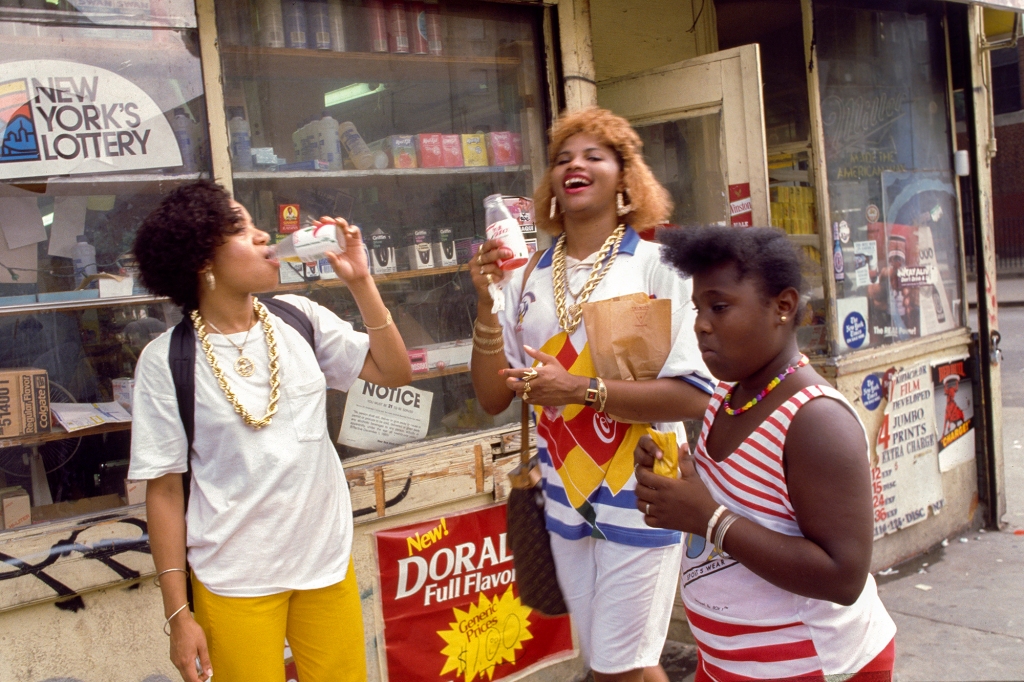The Beastie Boys once rhymed about the “Sure Shot” on a sick single from 1994’s “Ill Communication.”
And the Brooklyn crew is among the classic rap acts captured in a new photo exhibit, “Hip-Hop: Conscious, Unconscious,” at Manhattan’s Fotografiska (281 Park Ave. South) that celebrates the 50th anniversary of the street sound that was born in the Bronx before taking over the world.
Spotlighting everyone from golden-age groups such as Run-DMC and Public Enemy to solo superstars including Jay-Z and Cardi B, the sprawling showcase — which runs through May 21 — puts much of its focus on the genre’s gritty New York roots.
“People need to remember that hip-hop came from the streets,” said Sacha Jenkins of Mass Appeal, a multimedia hip-hop company, who co-curated the event with Hearst Visual Director Sally Berman. “We had no idea that one day it would become a global language that a lot of people feel is their native tongue. So it’s great to see, 50 years later, that it’s had that impact.”
In photos ranging from iconic images to outtakes from famous shoots to fresh discoveries, the exhibit is a dope display of the evolution of hip-hop, which originated at a Bronx party in 1973 when DJ Kool Herc introduced the “breakbeat” for MCs to rap over.
“You go from these street gangs to these kids sort of creating their own vocabulary with fashion to eventually rappers having their own clothing brands,” said Jenkins. “You see the evolution of money, how money changes . . . how New York changes in many ways. And then of course, it’s not just limited to New York.”
The exhibit underlines the importance of image in hip-hop. “Hip-hop is more about how you look,” said Jenkins. “The energy that you transmit, even from your pose, is way more important in hip-hop than it is in rock ’n’ roll.”
And with “Hip-Hop: Conscious, Unconscious,” rap is getting the photo-retrospective props that it deserves, 50 years later.
“The bottom line is rock ’n’ roll does not have the influence today that it once did,” said Jenkins. “Hip-hop is the dominant voice, the dominant language around the world. So it’s only natural that finally hip-hop is getting the respect and credibility and opportunities that it deserves.”
Salt-N-Pepa
Salt-N-Pepa were captured by photographer Janette Beckman on the Lower East Side streets in 1986, before they even released their debut album later that year. “I was living on Avenue B and Eighth Street at the time,” Beckman told The Post. “It was a hot sunny day, and we just went for a walk in the neighborhood. We went in the deli, they got some sodas, and this little neighborhood girl just walked by. It was just one of those captured moments.”
The Beastie Boys
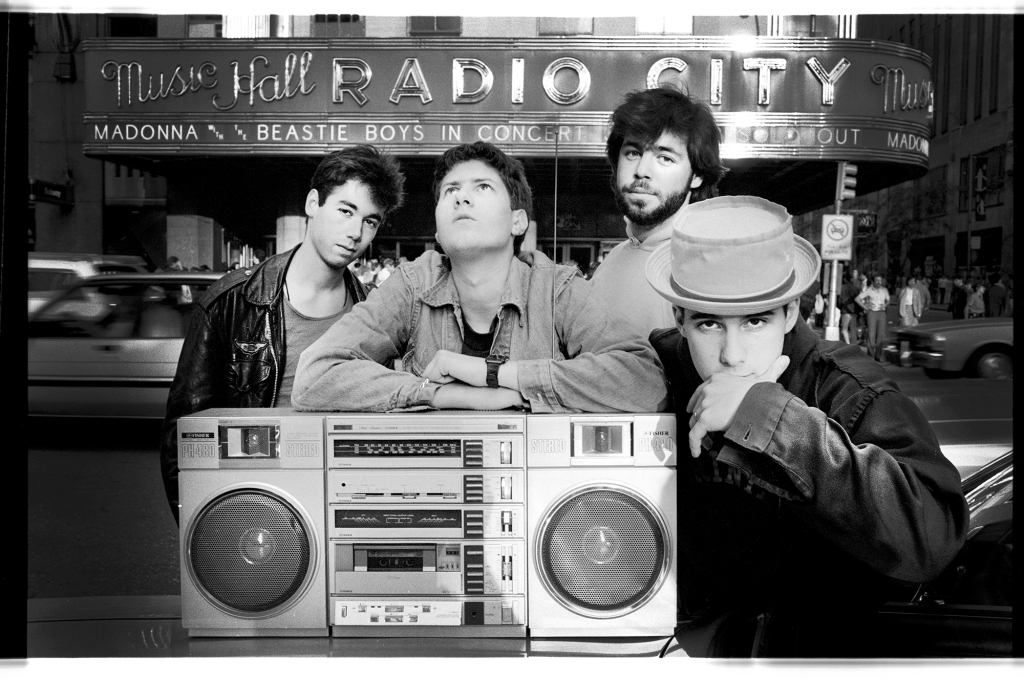
The Beastie Boys boom-boxed over Radio City in 1985, the year before they were fighting for their right to party on their debut album, “Licensed To Ill.”
Queen Latifah
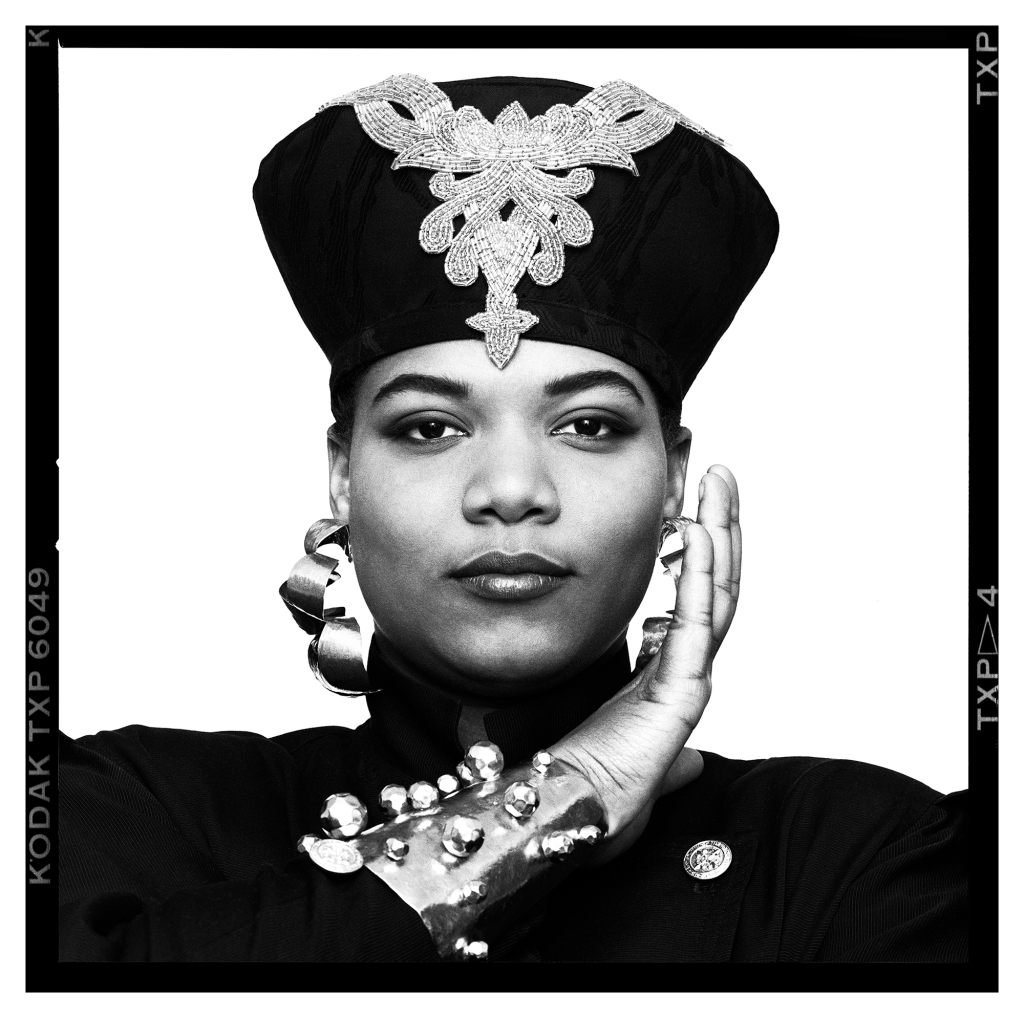
Before she became an Oscar-nominated actress, Queen Latifah was in regal rap form during a 1990 shoot with photographer Jesse Frohman at his West Village studio. “She was so young — I think I might have shot it when she was 19,” he said. “And I wanted to get out of the B-boy image of them posing — I wanted to get something a little more under the surface.” And the Queen came in with her own crown. “She had that hat — she attached that gold piece on top herself,” said Frohman. “She comes off as being proud and confident and fantastic, almost like a superhero of sorts.”
Public Enemy
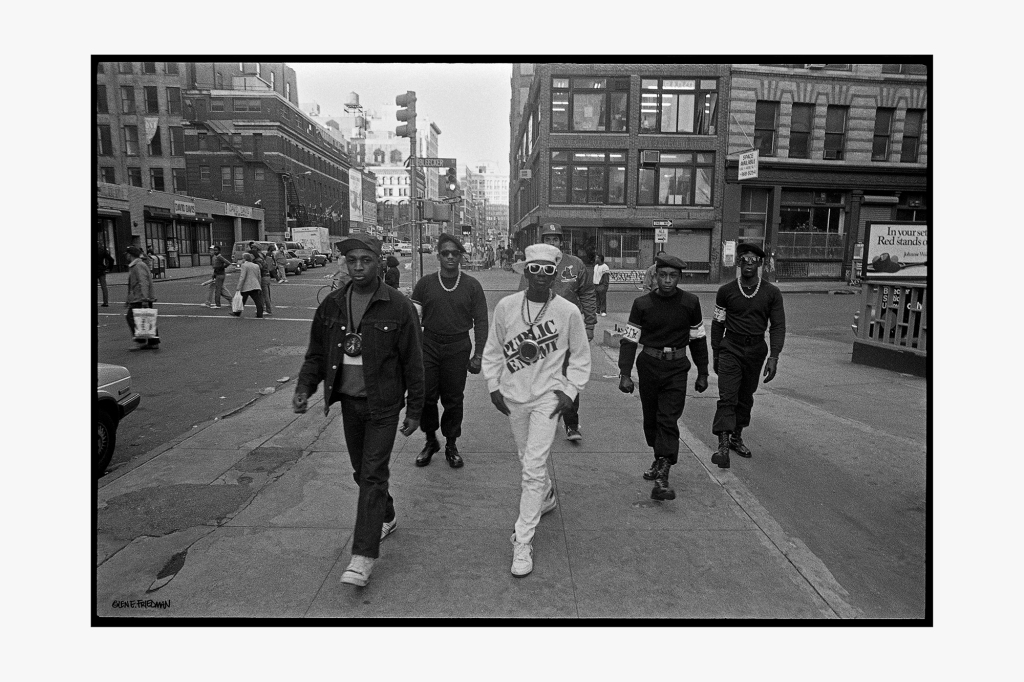
Public Enemy ruled the New York City streets — specifically, Lafayette and Bleecker — in 1986, the year before they released their debut album, “Yo! Bum Rush the Show.”
Grand Master Flash

Grandmaster Flash (center) mixed it up with Debbie Harry, Fab 5 Freddy, a friend and Chris Stein in 1981 when they were making Blondie’s iconic “Rapture” video together in New York. After Harry watched Flash perform at a club called the Webster Gym, the singer walked up to the DJ and told him: “I’m going to make a record about you,” Flash recalled to The Post in 2021. “She kept her word!”
De La Soul
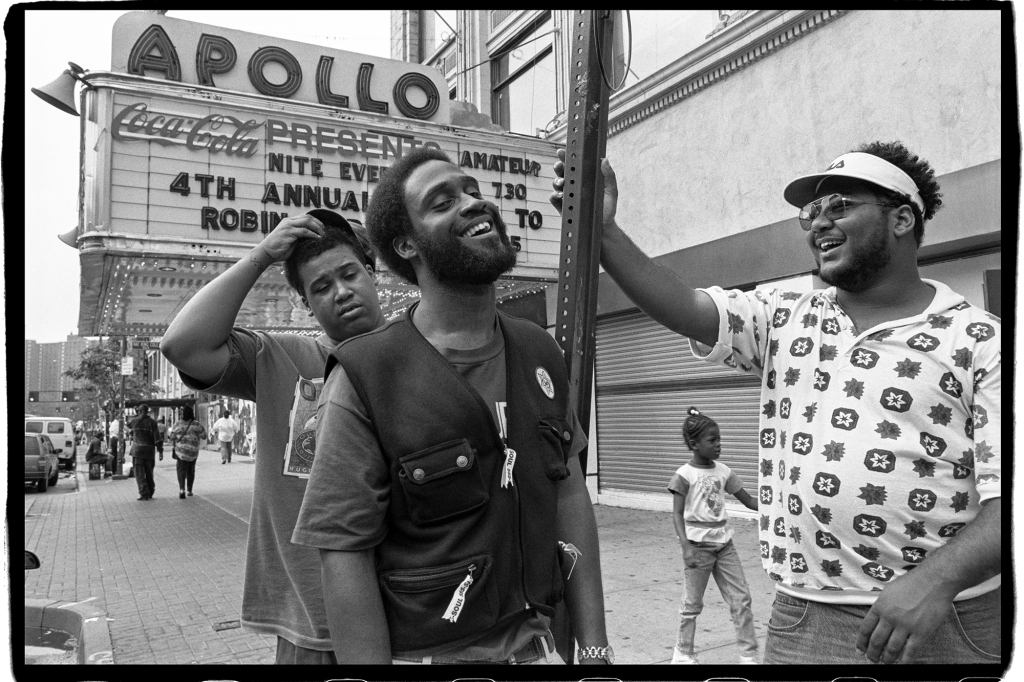
De La Soul brought their flower power to the Apollo Theater in 1993 — the same year that the Long Island-born trio of Trugoy (from left), Posdnuos and Maseo released its third album, “Buhloone Mindstate.”
The Fugees
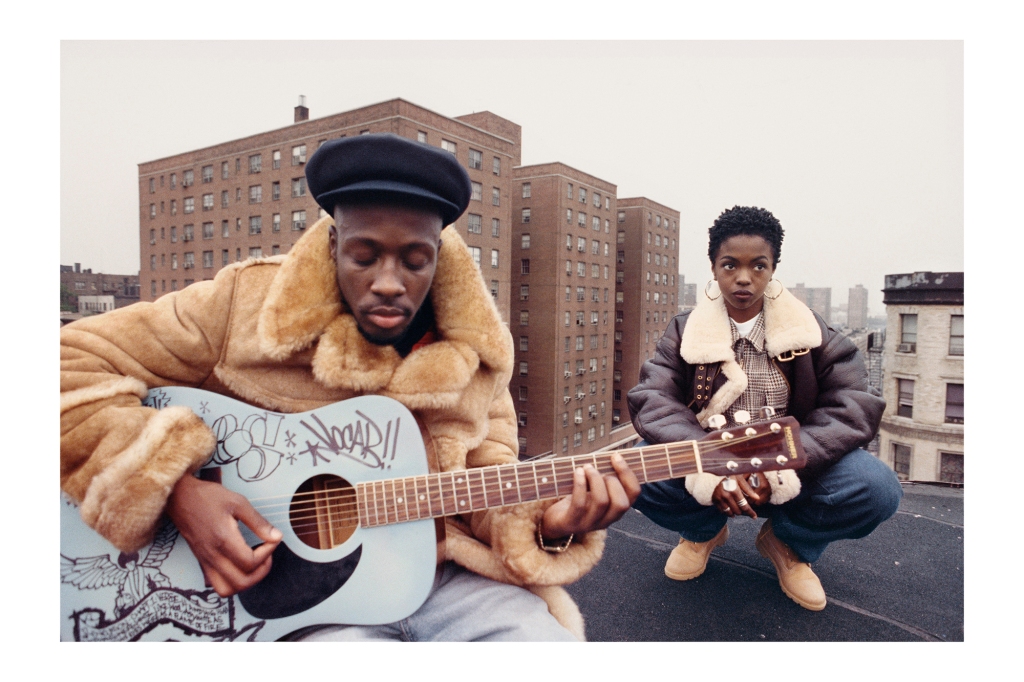
Wyclef Jean and Lauryn Hill — the exes who inspired her “Ex-Factor” — were in top Fugees formation in 1993, the year before they killed us not-so-softly with their debut album, “Blunted on Reality.”
The Notorious B.I.G.
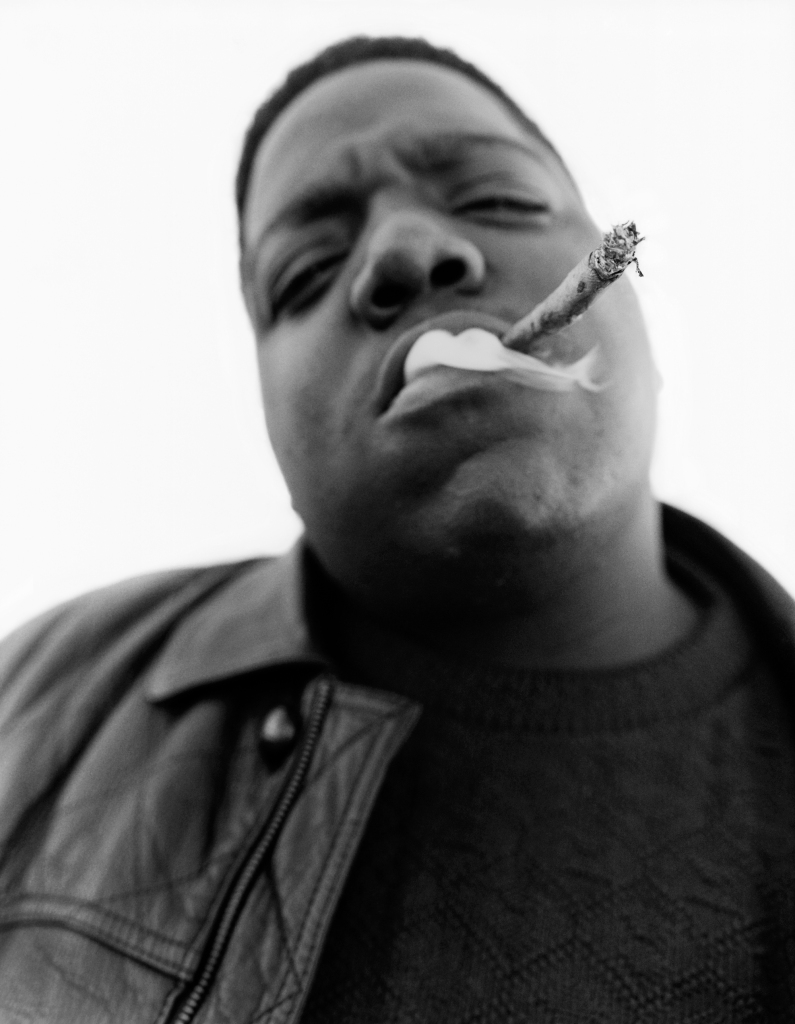
The Notorious B.I.G. was captured living large in 1994, the same year that he dropped his insta-classic debut “Ready To Die” — the first of only two studio albums that the Brooklyn emcee released in a legendary career that was cut short after he was killed in 1997.

